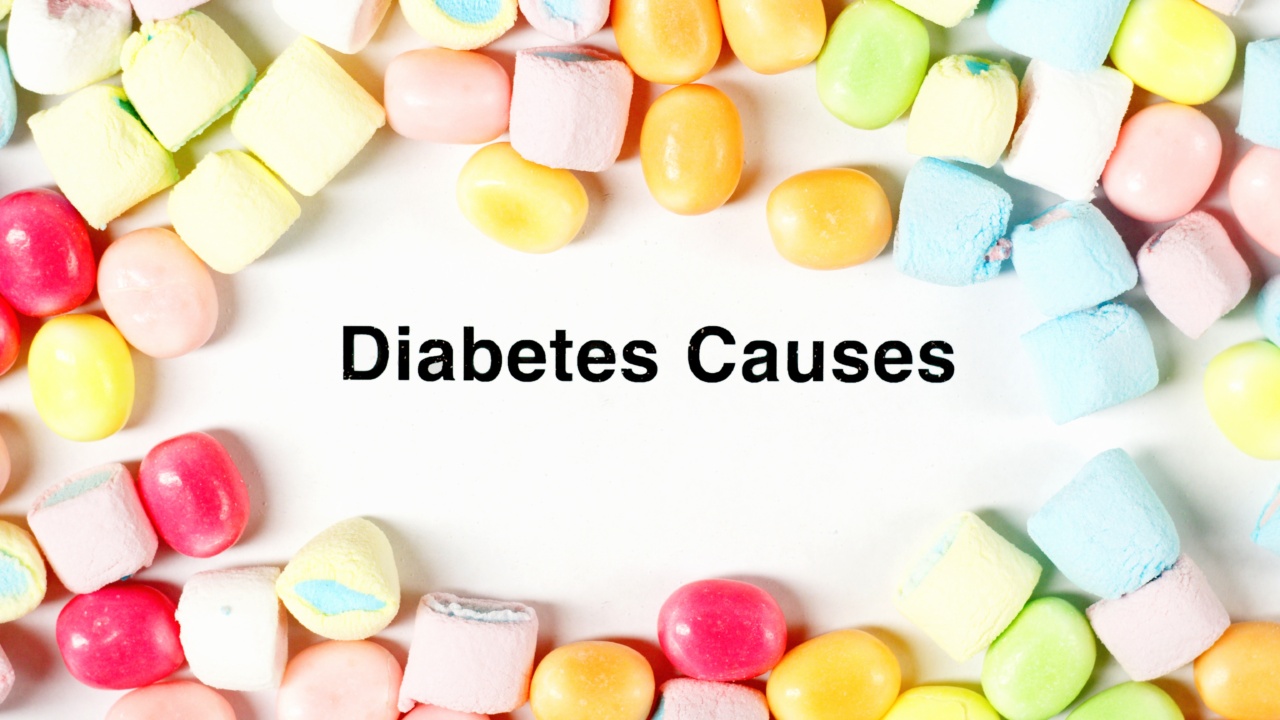Sneezing is a natural reflex that the body uses to get rid of irritants present in the nasal passageways. When you have an allergic reaction or a cold, the body tends to produce more mucus, and that leads to a stuffy nose.
Sneezing is one of the body’s mechanisms to flush out the mucus and keep the nasal passageways clear.
However, many people tend to stifle or suppress their sneezes, especially when they are in public.
People feel that sneezing is impolite or disruptive, so they hold their breaths or try to suppress the sneeze by putting their hand in front of their nose or mouth.
While you may think that cutting your sneezes is a good idea, it can lead to several risks that can harm your health. In this article, we will discuss the dangers of cutting your sneezes and the best ways to avoid them.
The Risks of Cutting Your Sneezes
1. Ruptured Blood Vessels
When you sneeze, the pressure in your chest and head rises abruptly, and this can lead to the rupture of small blood vessels in the eyes, nose, and ears.
If you stifle or suppress the sneeze, the pressure will increase even more, increasing the risk of rupturing blood vessels.
2. Sinus Damage
Suppressing a sneeze can cause air to get trapped in the sinuses, leading to sinus damage. The sinuses are hollow cavities in the skull, and when air gets trapped in them, it can cause pain and pressure, which can lead to sinusitis.
3. Ear Infections
When you suppress a sneeze, the increased pressure can also affect your ears, leading to ear infections. It can cause blockage in the Eustachian tubes, leading to the accumulation of fluid and bacteria in the middle ear.
4. Back Injuries
If you suppress a sneeze while sitting, the pressure can cause a sudden jolt to your back, leading to spinal injuries or muscle strains. This is especially true for people who have a history of back problems or those who sit for long periods.
The Best Ways to Sneeze Safely
Now that you know the risks of cutting your sneezes, it’s important to learn how to sneeze safely. Here are some tips to sneeze without harming yourself:.
1. Use a Tissue
The best way to sneeze is to use a tissue. Hold a tissue near your nose and mouth so that it catches the droplets when you sneeze. This will help prevent the spread of diseases and also eliminate the need to suppress the sneeze.
2. Sneeze into Your Elbow
If you don’t have a tissue, sneeze into your elbow instead of your hand. This is because your hands come in contact with several surfaces throughout the day, and they are more likely to spread infection.
3. Don’t Hold Your Breath
When you feel the urge to sneeze, it’s essential to let it out. Holding your breath or suppressing the sneeze can cause undue pressure in your chest and head, leading to several health risks.
4. Stand Up
If you feel a sneeze coming on, it’s a good idea to stand up from your seat and sneeze freely. This can help prevent back injuries and also prevent the accumulation of pressure in the sinuses and ears.
5. Get Away from People
If you are in a public place and feel a sneeze coming on, it’s a good idea to distance yourself from other people. This can help prevent the spread of diseases and also reduce the chances of causing panic or alarm.
Conclusion
Sneezing is a vital reflex that helps keep our nasal passageways clear and promotes good health. However, cutting or suppressing your sneezes can lead to several health risks that can harm your body.
It’s important to learn how to sneeze correctly and take steps to prevent the spread of diseases and infections. Remember, the next time you feel a sneeze coming on, don’t hold back or suppress it. Let it out in a safe and healthy way.































